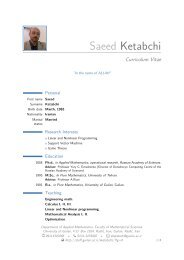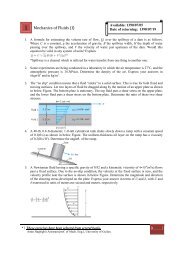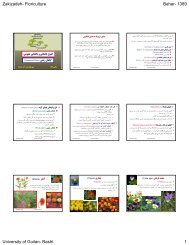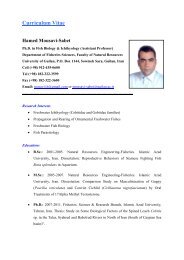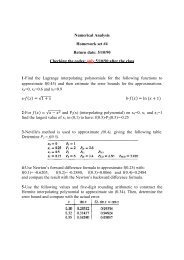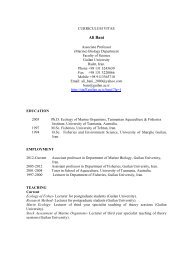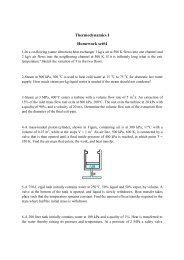Medical Tourism in Developing Countries
Medical Tourism in Developing Countries
Medical Tourism in Developing Countries
- No tags were found...
Create successful ePaper yourself
Turn your PDF publications into a flip-book with our unique Google optimized e-Paper software.
28 ● <strong>Medical</strong> <strong>Tourism</strong> <strong>in</strong> Develop<strong>in</strong>g <strong>Countries</strong>enough to make a dent <strong>in</strong> public health-care provision. Over time, however,tax revenue might be significant enough to be siphoned back <strong>in</strong>to the localequipment and services and <strong>in</strong>frastructure. Under those circumstances,medical tourism might subsidize local patients who have no money to payfor services. It just might make a difference for the 6 million people whodie every year from AIDS, malaria, and tuberculosis, as well as the 7 millionchildren who die from curable <strong>in</strong>fectious diseases. 34Economic GrowthMany economists have argued that participation <strong>in</strong> the global economy ispositively related to economic growth. 35 Whether it occurs through tradeof goods and services or through f<strong>in</strong>ancial flows, such participation oftenstimulates domestic production, <strong>in</strong>creases employment, stimulates growthpromot<strong>in</strong>gcompetition, <strong>in</strong>creases tax revenue, <strong>in</strong>creases the flow of foreigncurrency, and, as Dollar and Kray po<strong>in</strong>t out, reduces poverty <strong>in</strong> develop<strong>in</strong>gcountries. 36 In the short run these effects might not occur, and then countrieserect trade barriers, restrict the flow of foreign <strong>in</strong>vestment, curtail theactivities of mult<strong>in</strong>ational organizations, restrict immigration and emigration,and limit exposure to foreign cultures by restrict<strong>in</strong>g tourism. However,the long run growth experience <strong>in</strong> countries such as Hong Kong, Taiwan,S<strong>in</strong>gapore, and South Korea has reignited the hope that foreign <strong>in</strong>vestmentand export-oriented policies are a panacea for LDCs. 37 Many of thesecountries are hop<strong>in</strong>g trade <strong>in</strong> tourist and medical services will do the samefor their economies for the reasons discussed below.International Trade <strong>in</strong> Health and <strong>Tourism</strong> ServicesMost sales <strong>in</strong> the tourist and medical sectors are made with<strong>in</strong> domesticborders. While those sales are significant <strong>in</strong> size, they do not generate foreigncurrency <strong>in</strong>come. In both sectors, revenue <strong>in</strong> foreign currency is earnedby cross-border exchange, namely, through <strong>in</strong>ternational trade. Foreign currencyis precisely the reason these services are traded, as Gupta noted <strong>in</strong> astudy of Indian health care. 38What exactly is traded <strong>in</strong> tourism and medic<strong>in</strong>e <strong>in</strong> order to br<strong>in</strong>g foreigncurrency <strong>in</strong>to local hands?In the former, foreigners buy transportation, accommodations, restaurantmeals, and enterta<strong>in</strong>ment. They rent cars and tennis rackets, they hiretour guides and travel agents, they have a massage, and they watch a localdance performance. Accord<strong>in</strong>g to the World Bank, such services are importantas visitor expenditure outside their hotels can range from half to nearly






